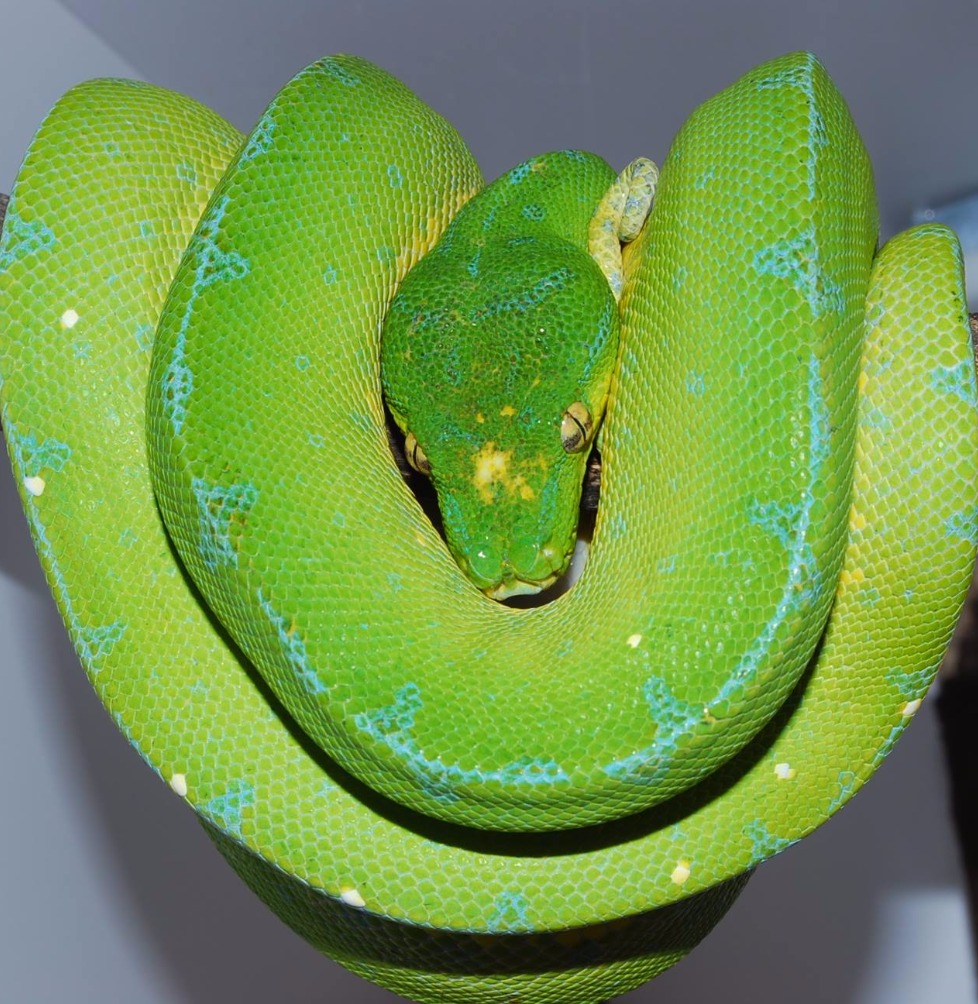

While there isn’t anything wrong with buying imports, I’m of the opinion that those are best left to people who have experience dealing with the issues that often come in with those animals (i.e. I’m a firm believer that with chondros a captive born and bred animal will make your life so much easier. Thankfully technology and our collective understanding of the species has vastly improved!

They were difficult snakes to have in captivity 30+ years ago before people figured out what they were doing wrong. Years later I gave them another shot and now they are one of my favorite snakes to keep (now that I’m doing it right!) So what is the issue one might ask? Well the simple answer is they are extremely easy snakes to keep as long as you give them what they need. I told myself I would never get chondros again! Unfortunately, that animal passed away roughly a month after I got it and at that point I would fully regret spending the money. I bought an imported (farmed, wild caught, whatever you want to call it) sub-adult biak and kept it in a tank that was too small with a heat lamp and in a manner that I thought that species was kept, admittedly, with little research on my part. I’ll admit my first chondro experience was horrible. The main bit of misinformation that will seemingly never die is that GTPs are hard to keep.

herpetoculture to have this species regularly available to us but there is still a lot of outdated information about keeping them floating out on the net. When one thinks of exotic species, I’m sure the chondro would be one of the first to come to mind. This species stands out from so many others with their bright yellow or red coloration as hatchlings to their stunning blues and various shades of green coupled with their trademark perching behavior. One of these iconic species is the Green Tree Python or Chondro as they’re commonly called in herpetoculture. The Tiger snake, however, can appear green in specific parts of Australia.There are maybe a handful of iconic snakes on the planet that get burned into peoples’ memories when they see them on tv, online, or, better yet, in person. Venomous Green Snakes in AustraliaĪustralia has a reputation for its large number of venomous snakes, but most of these snakes are brown. It may cause nausea and feverishness, with swelling at the site of the bite. Their fangs are tiny and their venom is not deadly to humans. They have an interesting defense mechanism: when threatened, they can spread their scales to reveal stark black-and-white markings underneath.Īsian vine snakes are venomous, but do not pose much of a threat to people. Perhaps the most well known is the long-nosed whip snake, A. There are 9 species of Asian vine snake, most of which are green. However, Asian vine snakes have one curious characteristic which separates them from American vine snakes: their eyes have horizontal slit pupils. They are very long and thin with sharply-pointed snouts. Two-Striped Forest Pit Viper (Bothrops Bilineatus)Īsian vine snakes look quite similar to the green vine snake of the Americas. These include the two-striped forest pit viper, the green vine snake, and the green parrot snake. South America is home to several venomous species, many of which reside in the Amazon rainforest. They also have slit-like pupils and triangular-shaped heads. Like all pit vipers, palm pit vipers have heat-sensing pits near their nostrils that they use to detect prey. Medical reactions to bites can range from mildly serious to fatal. The Guatemalan palm pit viper, native to Mexico, Honduras and Guatemala.Īll palm vipers are venomous.The Mexican palm pit viper, found in Mexico.The side-striped palm pit viper, found in Costa Rica and Panama.Many of them are bright green, which comes in handy when camouflaging themselves in trees. There are almost a dozen different species. Across Mexico and Central America, there is a genus of snakes known as the palm pit vipers (or palm vipers).


 0 kommentar(er)
0 kommentar(er)
